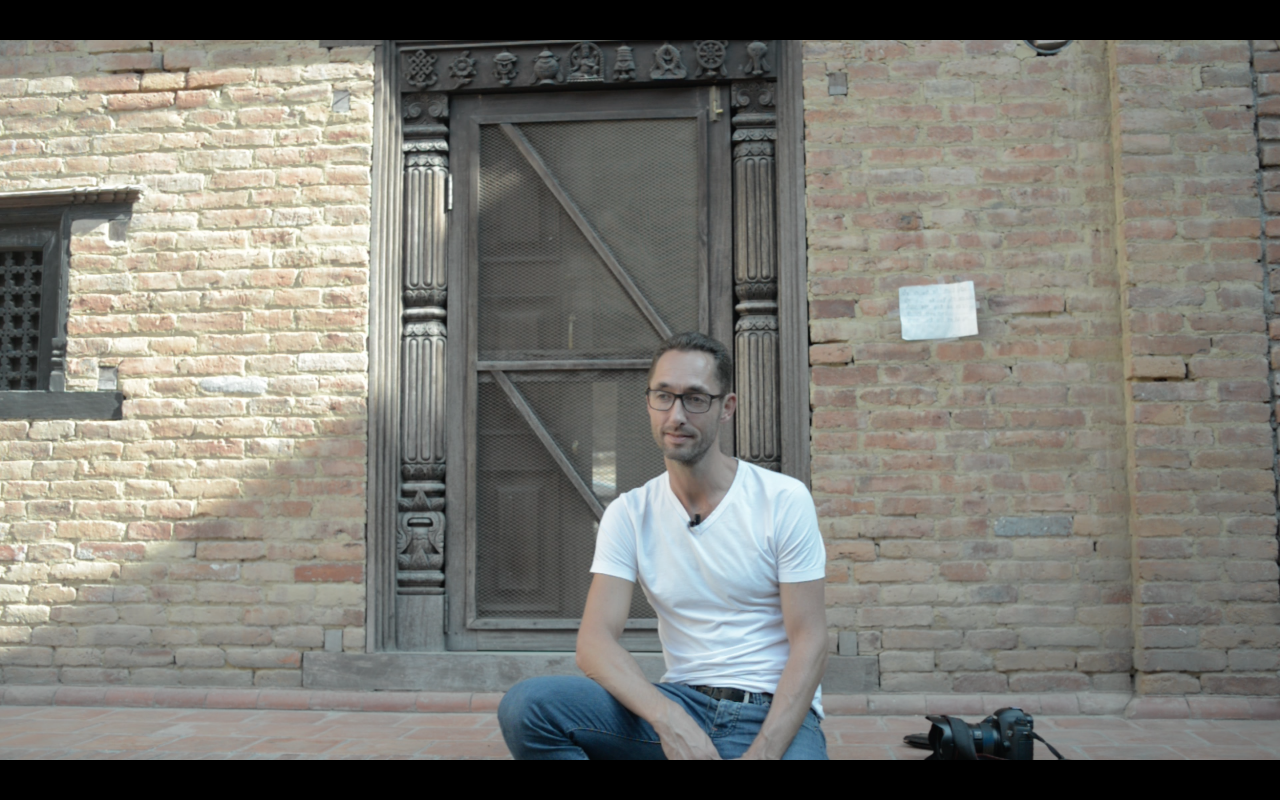On November 1, a day after Nanda Kishor Pun, former chief of the Maoist’s People Liberation Army, was elected vice-president of the country, Thomas Borberg, photo editor-in-chief of the legendary Danish newspaper Politiken, went down to the local stationary store in Patan for a newspaper. As he was leading a workshop on Visual Thinking in the Editorial Process as part of Photo Kathmandu, he bought every daily newspaper he could find and brought them to his workshop, where he displayed them for all to see.
“It was a catastrophe,” says Borberg. “Well, maybe not a catastrophe like the earthquake, but it was really bad.”
Every daily newspaper had almost the same exact photo on the front page – Nanda Kishor Pun, decked out in a flood of garlands, anointed with vermillion, waving to the camera.
“There is something really wrong when every newspaper runs the same image,” says Borberg. “But it is also very easy to fix. If you know what kind of images all the papers are going to be running the next day, you can easily choose to run something different.”
“He showed us how boring Nepali newspapers are,” says Binit Bana, one of the workshop participants and a sub-editor for The Kathmandu Post’s M&S supplement. “He really impressed on us how important it is for us to show that we can do things differently. Creativity comes from trying something new.”
Borberg’s visual thinking workshop, which ran from November 1 to November 4, was his attempt to impart all he has gleaned from his years of working with photography and the media. The workshop saw participation from journalists, photojournalists, editors and writers.
In person, Borberg is a tall, severe man, very passionate about what he does. He has been working at Politiken – a daily newspaper that has won numerous awards for its bold design and its unique accordance of space to photography – for more than 20 years, where he works in close coordination with photographers.
“There have been times where five Politiken editors have argued over one photograph for close to three hours,” he says.
Borberg believes in the value of the photograph as a narrative tool; the photograph should tell its own story, not just functioning as mere illustration. This is what he sees happening with the Nepali media. “There seems to be very little dialogue between the editors and the photographers. The editors don’t seem to respect the photograph, as they’re cropping more than 50 percent of the photo. The photographers too do not seem to be able to tell their editors about what they want to photograph and how their images should be used.”
He doesn’t subscribe to the excuse that Nepali photojournalists and editors often use – that they don’t have time. If you want a good photograph, you have to prioritize what you want to take pictures of, he says. Photojournalists have to be adamant about their images and editors too need to understand what makes a good picture. It’s a two-way street, with feedback from both ends. Politiken is a daily newspaper and it manages to create pages that are striking in their visual aesthetic, he offers as an illustration.
“It’s a constant struggle,” says Borberg. “I fight every morning for the images I want.” This ‘fight’ is another sentiment that Borberg believes passionate in. For him, his work is a constant battle and that is the advice he offers, “Pick your fights but fight everyday for at least one thing.”
Speaking to Photo Kathmandu after his workshop had ended, Borberg was positive, hoping that things would change, “I am hoping that the workshop participants will go back to their newsrooms and start a revolution.”
Text by Pranaya SJB Rana

